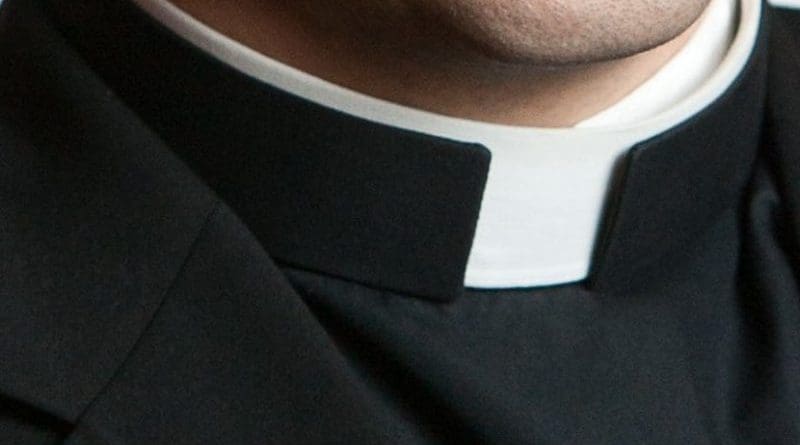Clergy Sexual Abuse Is Negligible – OpEd
The United States Conference of Catholic Bishops latest findings on clergy sexual abuse continue to show how this problem has largely been checked.
The 2018 Annual Report, “Findings and Recommendations on the Implementation of the Charter for the Protection of Children and Young People,” covers the period from July 1, 2017 to June 30, 2018.
During this period, there were 26 new allegations involving current minors. But only three were substantiated (all three men were removed from ministry). Seven were unsubstantiated; three were unable to be proven; two were referred to a religious order; two were reported as unknown; and three were boundary violations, not instances of sexual abuse.
If we consider the three cases that were substantiated, this means that only .006 percent of the 50,648 members of the clergy had a substantiated accusation made against him in that one-year period. Everyone will agree that ideally the figure should be .000, but fair-minded people will conclude that .006 percent is a negligible amount.
I would go further: Show me a demographic group, or an institution, secular or religious, where adults intermingle with minors on a regular basis, which has a better record than this. As I have said many times before, Catholics are being played by those—many of whom are Catholic—who do not want the scandal to go away. That way they can push for their reforms. This includes those on the right as well as the left.
Just as previous annual reports found, most of the abuse took place between 1960 and 1990, hitting a peak during the most destructive decade of the 20th century, namely the 1970s. That’s when the Church let down its guard to a shameless degree.
As usual, most of the alleged victims were male (82 percent). Only about a fifth were prepubescent, meaning that once again it is obvious we are dealing with homosexual predators, though, as always, the annual report refuses to so say.
This report broke new ground in one way: it sought to measure the diagnosis of some alleged offenders. I say “some” because the questionnaire only applied to religious institutes. Moreover, the survey did not seek a diagnosis of the most common abuser—the homosexual clergyman. It only applied to pedophiles. This decision is never explained in the report.
The findings revealed that 57 percent of the pedophiles were deemed “situational offenders,” meaning they did not have a preference for prepubescent children; 43 percent were diagnosed as “preferential offenders,” meaning they sought out prepubescent children.
The latter category is easy to understand: they are true pedophiles. What about the former? What kind of man abuses a child simply because it is convenient for him to do so? It suggests that such a man would have hit on an adolescent if the situation were ripe, and since most of the victims are male, the problem circles back to homosexuality.
The good news is that the problem of clergy sexual abuse is being checked. The bad news is that those who do these reports refuse to ask some of the really hard questions.

